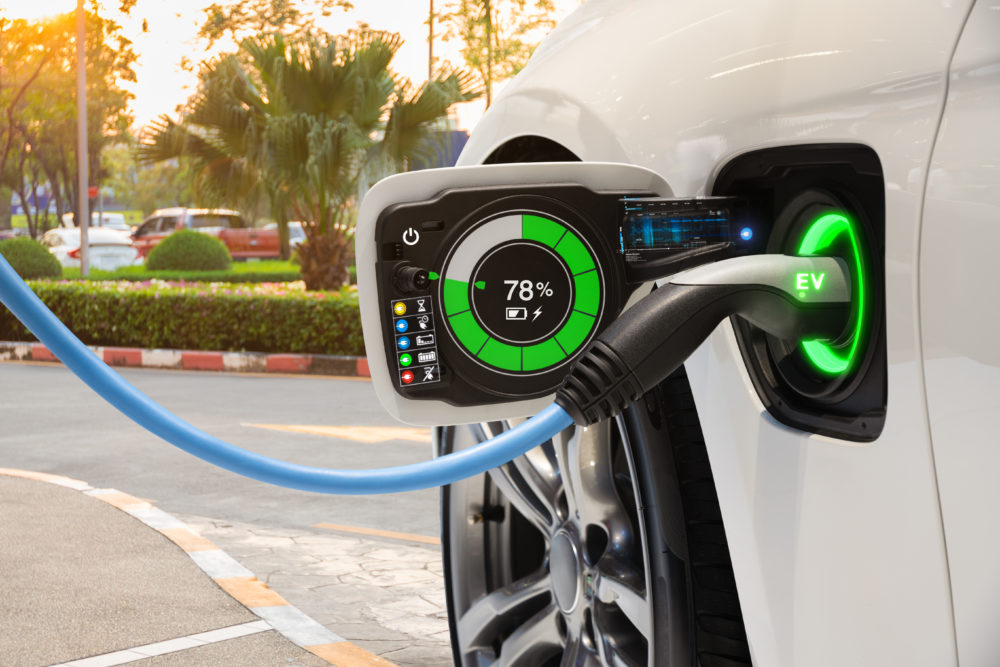If you are unfamiliar with the term Electromobility, then it is the science of using electric motors and motion to propel an object without any external force acting on it. It is not a new concept but it is only recently that it has become popularized as a technology for use in cars and other types of E-vehicles. While there is currently E Electric Vehicles (EVs) on the market, the future for them seems to be full of potential since electric motors and other forms of electromobility are now being developed by various researchers around the world. One day, we may see a completely electric passenger and commercial vehicles on the road, but until then EVs offer a great alternative to gas guzzlers and harmful emissions caused by fossil fuels.
The most common type of E-vehicle that is currently being used is the electric motor vehicle (EV). These vehicles are also known as plug-in hybrids, zero-emission vehicles (ZEVs), or even electric vehicle technology vehicles (EVT). A popular type of EV is the so-called ‘plug-in hybrid’ that utilizes both electric motors and gasoline engines. This type of EV is very efficient, but it does sacrifice driving space.
Another type of E-vehicle that has been developed is the ‘piston’ based electric drive. These vehicles use a hydraulic system with a clutch system to transfer power from the electric motor to the brake system when the vehicle brakes. However, since there are no springs involved, there is far less stress on the joint between the electric motor and the wheels, making the overall lifespan of these vehicles much longer than the battery powered vehicles. The best electric motor vehicles use a combination of the above technologies with the clutch system to give smooth driving performance.


